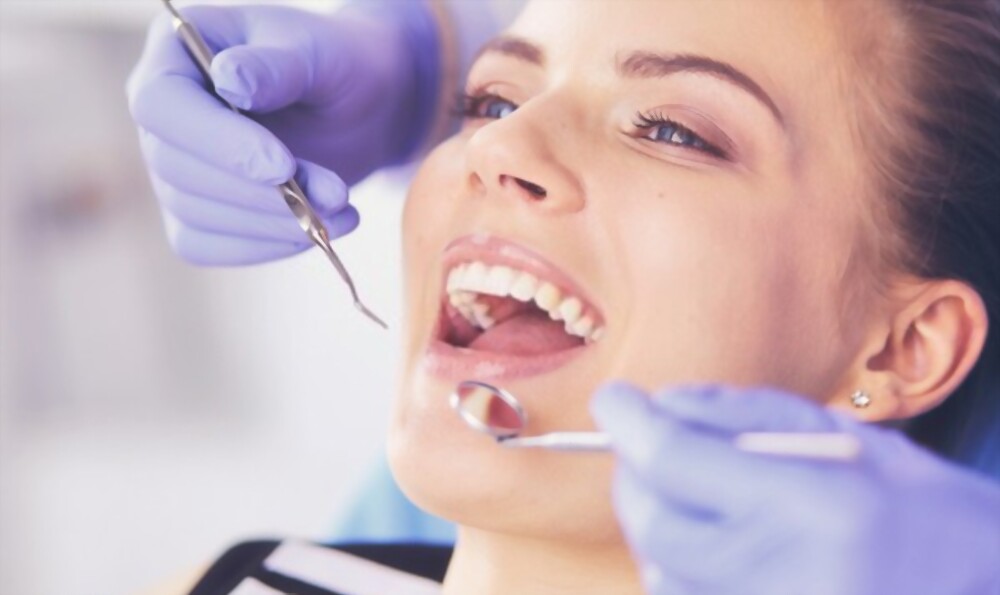Orthodontics is a branch of dentistry that emphasizes correcting dental abnormalities using braces and other treatment methods. Orthodontic treatment can be very beneficial to patients, both physically and mentally.
There are many reasons why orthodontic treatments can be helpful. For example, braces can improve teeth alignment and reduce the likelihood of tooth decay and gum disease. Orthodontic treatment can be done on children or adults. Adult orthodontics is a specialized field that focuses on correcting dental problems in adult patients. With so many orthodontists available, it would be advisable to keep the following things in mind when choosing the best orthodontist for your treatment.
Features To Look For When Choosing An Orthodontist
Insurance: A factor to consider is insurance. Not all orthodontists accept every type of insurance, so you will need to check before making your appointment. Ask about payment modes or financing options if your insurance does not cover orthodontic treatment.
Experience: When choosing an orthodontist, you need to be sure to find someone with experience. An orthodontist in practice for several years will likely have more experience treating various cases. He or she will also have more up-to-date knowledge about the latest orthodontic treatments and technology. You should also ask the orthodontist about their approach to treatment.
Specialty: When looking for an orthodontist, you must find one specializing in the braces you need. For example, if you need Invisalign, you will need an orthodontist specializing in that treatment. You can ask your dentist for a referral or search for your area orthodontist.
Location: One of the most important things to consider when choosing an orthodontist is their location. You need to find someone who is conveniently located near you and has office hours that fit your schedule. You also need to find an orthodontist who accepts new patients.
Types of Orthodontic Treatment
- Traditional braces are metal brackets bonded to the teeth and wires used to straighten them. The brackets are usually conspicuous as they don’t match the teeth’ color.
- Invisalign: This is a clear aligner that fits over teeth and is removable for eating and brushing.
- Ceramic braces: Brackets that are tooth-colored and less visible than metal braces.
- Lingual braces: These brackets are placed inside towards the tongue side of the teeth.
- Damon braces: Self-ligating braces that use a clip to hold the wire instead of elastic bands.
- Treatment options: Each patient’s situation differs, so the orthodontist should provide treatment options accordingly.
Oral Hygiene
Oral hygiene is paramount, especially when wearing braces. Sufficient oral care can help prevent cavities and other dental problems. Brushing your teeth at least twice a day and regularly flossing is essential. Use floss or an interdental brush if you have trouble reaching all of your teeth while wearing braces.
Seeing your dentist for regular checkups while wearing braces is also essential. If you experience pain or discomfort while wearing braces, let your dentist know immediately.
After Orthodontic Treatment
Adult Orthodontics treatment is a great way to improve the appearance of your smile, but it’s essential to follow up with proper care to ensure that your teeth stay healthy and look great. Make sure to brush, floss regularly, and visit your dentist for regular checkups.
If you have braces, keep them clean and free of food particles. You may also need to use a special toothbrush or orthodontic floss designed for braces patients. In addition, be careful when eating hard foods or crunchy snacks, and avoid using your teeth as tools (like using them to open packaging).
These small steps will help keep your smile looking its best after orthodontic treatment!
Conclusion
Orthodontics can do wonders for improving your smile. If you are unhappy with your teeth, consult an orthodontist to see if braces or another treatment is right for you.
